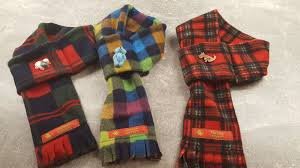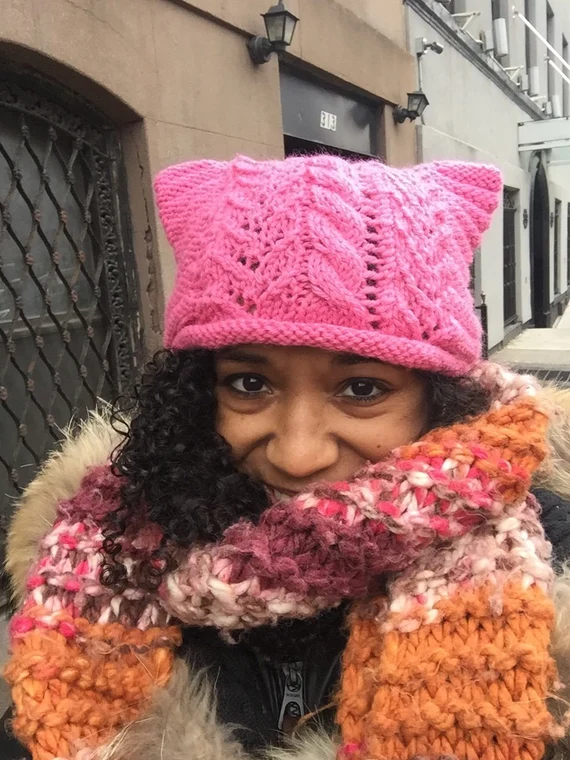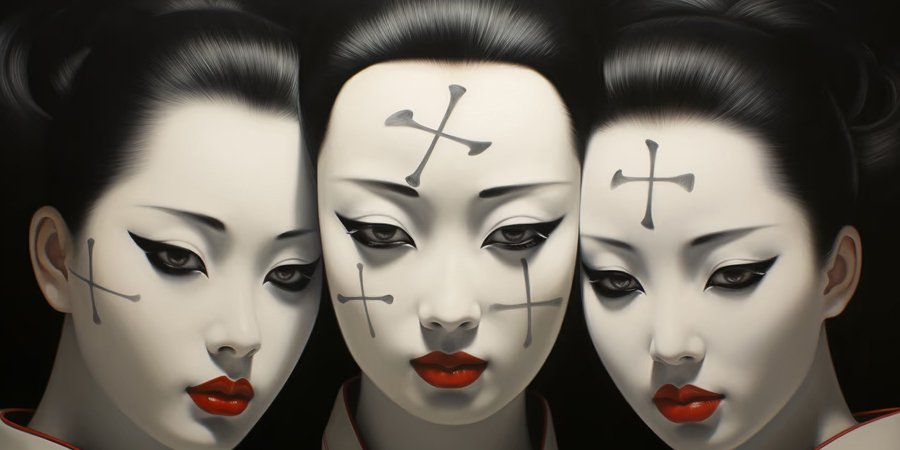Scarves as a Personal Identity Marker
Scarves have transformed from mere accessories into vibrant symbols of personal identity, cultural heritage, and self-expression. As fashion continuously evolves, scarves remain steadfast, offering a unique blend of functionality and style that speaks volumes about who we are. Let’s delve deeper into how scarves serve as personal identity markers, exploring their versatility, cultural significance, emotional connections, and their role in social statements.
The Versatility of Scarves: A Canvas for Self-Expression
One of the most captivating aspects of scarves is their remarkable versatility. With an endless array of shapes, sizes, colours, and fabrics, a scarf can dramatically alter an outfit and, by extension, the way a person is perceived.
A Fashion Chameleon
Imagine the transformation a simple outfit undergoes with the addition of a scarf. A classic white t-shirt and jeans can shift from casual to chic with a silk scarf tied elegantly around the neck, or from mundane to bohemian with a brightly patterned shawl draped casually over the shoulders. The ability to adapt to various styles—be it preppy, artsy, or sophisticated—allows wearers to reinvent themselves daily, reflecting their mood and creativity.
Layering Meaning
Scarves can also be layered, literally and metaphorically. A lightweight scarf can be tied in different ways, creating various looks that mirror different aspects of one’s personality. A person might wear a structured scarf for a professional setting, then switch to a flowing, colourful piece for a social gathering, revealing the many dimensions of their identity.
Cultural Significance: Ties That Bind
Scarves often carry rich cultural narratives, connecting wearers to their heritage, traditions, and shared histories.
Cultural Heritage and Pride
Take the hijab, for instance. For many Muslim women, it represents not only faith and spirituality but also a commitment to cultural identity. Similarly, a tartan scarf, with its distinctive patterns, can signify Scottish lineage, while a colourful kente cloth scarf embodies African pride and heritage. These scarves are not just fashion choices; they serve as a visual proclamation of belonging and identity.

The Language of Patterns and Colours
Different cultures attribute specific meanings to colours and patterns, making scarves a language of their own. A vibrant red scarf may symbolize joy and celebration in some cultures, while in others, it could represent power and courage. By choosing certain scarves, individuals can express their cultural values and personal beliefs without saying a word, fostering connections with those who share similar backgrounds.

Emotional Connection: Weaving Personal Stories
Scarves can evoke deep emotions, serving as tangible links to our pasts and the people we cherish.
Heirlooms of Love
Consider a grandmother’s knitted scarf, lovingly crafted and passed down through generations. This scarf may carry the warmth of countless memories—family gatherings, heartfelt conversations, and moments of comfort. Wearing it can evoke nostalgia and a sense of belonging, reminding us of the ties that bind us to our loved ones.
The Comfort of Personal Touch
For some, wearing a handmade scarf is a way to honour a friend or family member’s craftsmanship. The very act of wearing something that has been created with care can provide comfort and strength, particularly during challenging times. Scarves, in this sense, become not just fashion statements but emotional talismans that carry the weight of our experiences and relationships.
Social and Political Statements: Fashion with a Purpose
In recent years, scarves have taken on new significance as tools for social and political expression.
Bold Symbols of Solidarity
Scarves can be powerful symbols of unity and activism. For example, the “Pink Pussyhat” worn during the Women’s March became a potent symbol of women’s rights and empowerment. Similarly, scarves in specific colours or patterns have been adopted to raise awareness for causes like climate change, racial justice, and LGBTQ+ rights. Wearing these items transforms personal style into a collective statement, showcasing how fashion can intersect with activism.

Fashion as a Political Act
By choosing to wear a scarf that aligns with a social cause, individuals make a conscious decision to communicate their values to the world. This not only amplifies their voice but also fosters a sense of community among those who share similar beliefs. The act of wearing a scarf can become an invitation for dialogue, encouraging conversations about important issues that matter to the wearer.
The Future of Scarves as Identity Markers: A Digital Revolution
As we navigate an increasingly digital world, the significance of scarves as identity markers is poised to evolve further.
Digital Fashion and Virtual Expression
With the rise of digital fashion and virtual avatars, scarves are entering new realms of self-expression. Imagine customizing a virtual scarf that reflects your personality, style, and beliefs, wearing it in virtual gatherings or online platforms. This digital adaptation allows for even more creative freedom, enabling individuals to explore their identities in immersive ways that transcend physical limitations.
Sustainability and Conscious Choices
As conversations around sustainability and ethical fashion gain traction, scarves can also reflect a commitment to mindful consumerism. Choosing eco-friendly fabrics or supporting artisans from marginalized communities can transform a simple accessory into a powerful statement about personal values and global responsibility.
Conclusion: Tying It All Together
Scarves are so much more than mere accessories; they are dynamic identity markers that encapsulate culture, emotion, and individual expression. Whether worn to celebrate heritage, convey personal style, or advocate for social change, scarves invite us to weave our stories into the fabric of the world around us.
Next time you reach for a scarf, consider the layers of meaning it may hold—not just for you, but for the broader tapestry of identities it represents. Embrace the power of scarves to connect, express, and inspire, celebrating the beauty of diversity that makes each of us unique.

